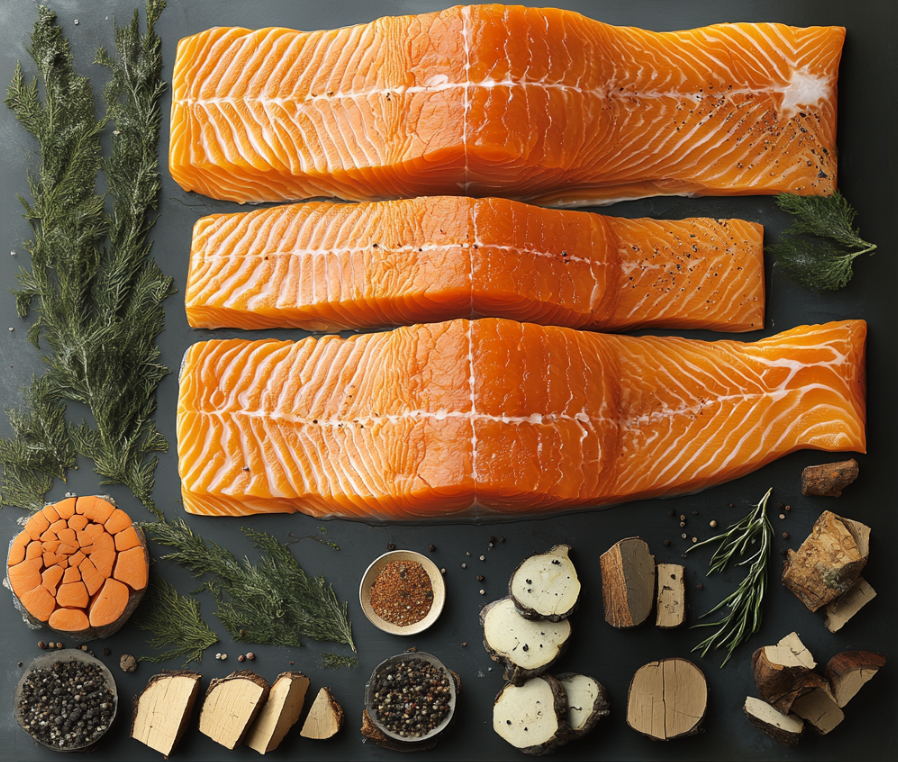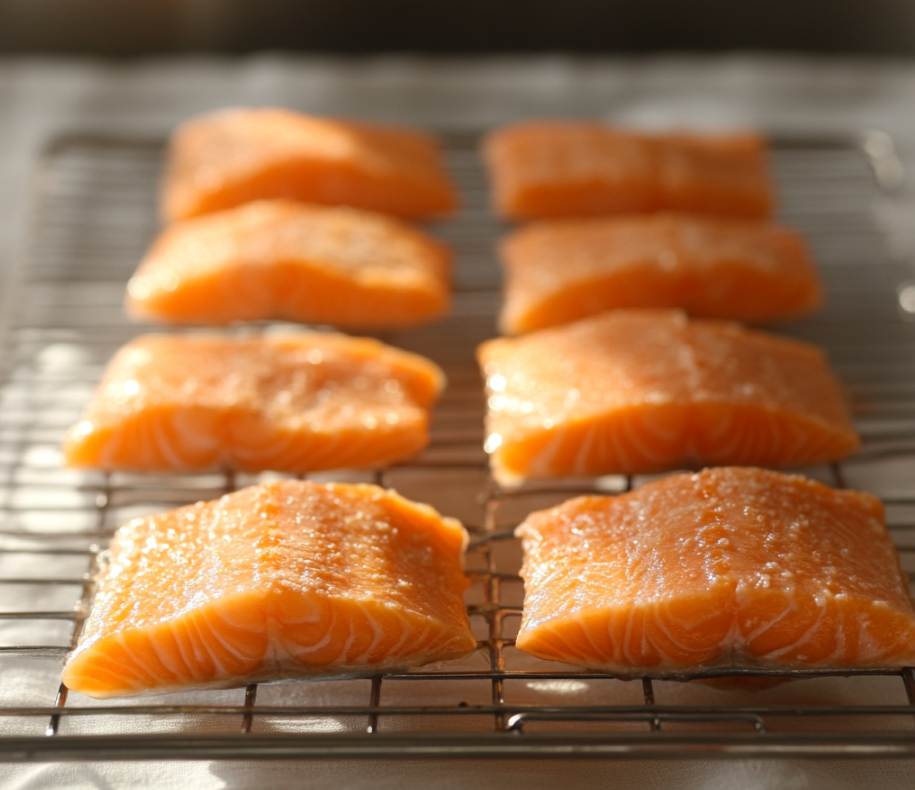Smoking salmon is a beloved culinary method that infuses rich, smoky flavors into the fish. However, how many hours should you smoke salmon? The answer depends on the method you use—hot or cold smoking—as well as other factors like the size of the salmon and the desired level of smokiness. In this guide, we’ll explore everything you need to know about smoking times for salmon.
Understanding Hot and Cold Smoking Methods
There are two primary methods for smoking salmon: hot smoking and cold smoking.
- Cold Smoking involves a lower temperature (below 90°F or 32°C) and can take between 8 to 12 hours. Since cold smoking doesn’t cook the fish, it results in a more delicate texture. However, it’s important to adhere to proper safety guidelines to avoid foodborne illnesses. Cold smoking works best with thinner fillets, which absorb the smoke more evenly. Check out this smoked salmon recipe for tips on perfecting the cold smoking method.
- Hot Smoking, by contrast, cooks the fish as it smokes, typically at temperatures between 120-140°F (49-60°C). This process takes much less time, usually 2 to 4 hours, and results in a fully-cooked, flaky texture. Hot smoking is ideal for larger cuts of salmon. If you’re wondering about the best ways to serve your smoked salmon, see the best way to eat smoked salmon.
Factors Influencing Smoking Time
Several factors can affect the time it takes to smoke salmon. Below are the most critical considerations:
1. Thickness of the Salmon
The thickness of your salmon fillet or whole fish will play a significant role in how long you should smoke it. Thicker cuts take more time to allow the smoke to penetrate the flesh. On the other hand, thin fillets require less time, so be cautious not to over-smoke and dry out the fish.
2. Type of Smoker and Wood
The type of smoker and the kind of wood you use will impact both the flavor and the smoking time. Different smokers, such as electric, charcoal, or pellet smokers, offer varying levels of heat control, which can influence the overall duration. In terms of flavor, lighter woods like alder work well with salmon, while heavier woods like hickory can overpower the delicate flavor of the fish.
For more information on pairing salmon with different woods and smokers, take a look at this honey mustard salmon recipe, which gives great insight into balancing flavor profiles.

Pre-Smoking Preparation: Brining and Drying
One key step in preparing salmon for smoking is brining. A simple brine made from salt, water, and sugar can enhance the flavor while keeping the salmon moist during the long smoking process. After brining, it’s crucial to let the fish air dry so that it forms a pellicle, a tacky layer that helps the smoke adhere better.
Drying may add 1 to 2 hours to your overall preparation time, but it’s an essential step for getting that perfect smoky texture. For more on brining techniques, you can check out other recipes on the blog.

Desired Texture and Flavor
Your desired texture will also dictate how long you should smoke salmon. A moist, tender texture can be achieved with shorter smoking times, while a firmer, smokier flavor may require additional hours, especially for cold smoking. Monitor the internal temperature if you’re hot smoking—120-140°F (49-60°C) is the safe range for fully cooked salmon.
Storing and Serving Smoked Salmon
After smoking, proper storage is key to preserving the salmon’s flavor and quality. Smoked salmon can last for about one week when refrigerated and up to several months if vacuum-sealed and frozen.
Wondering how to serve your freshly smoked salmon? It’s incredibly versatile and can be enjoyed on bagels, in salads, or even as a main dish. For inspiration, consider trying it with some ideas from this smoked salmon recipe.
Conclusion
The number of hours needed to smoke salmon depends largely on the method, thickness, and flavor you’re aiming for. Whether you choose to cold smoke for a light, delicate taste or hot smoke for a quick, fully-cooked texture, you’ll find the perfect balance by experimenting with the factors outlined in this guide. Now, it’s time to fire up your smoker and enjoy the results of your labor!

